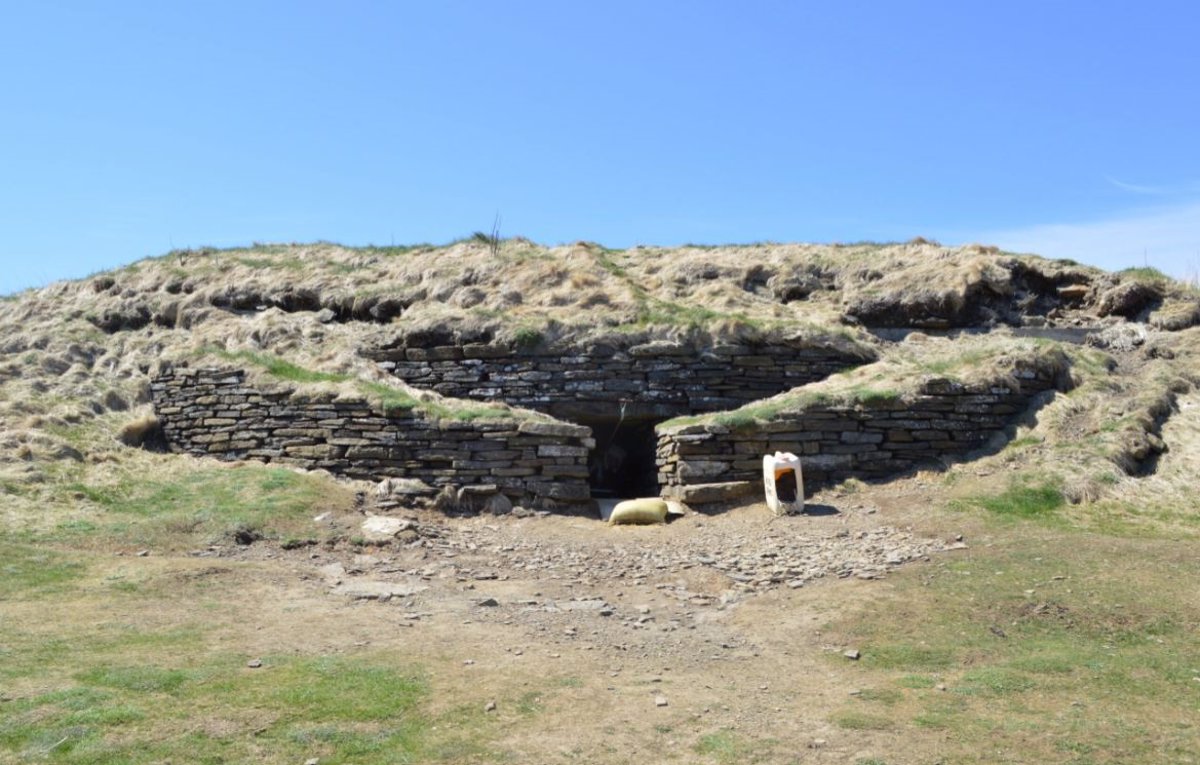MADRID, October 17 (EUROPA PRESS) –
“Definitive” archaeological evidence. shows that seaweed and freshwater plants were consumed in the Mesolithic era, during the Neolithic transition to agriculture and in the Early Middle Ages,
Estio argues that these resources, which are now barely consumed in Europe, lately they have become marginal.
A study published in the journal ‘Natural Communication’, revealed that, despite the exploitation of aquatic resources, archaeological evidence regarding seaweed is rarely recorded and almost always attributed to non-edible uses such as fuel, food packaging or fertilizer.
Historical records date laws regarding seaweed harvesting in Iceland, Brittany and Ireland to the 10th century, while Pliny mentions seaweed as medicine for sailor’s scurvy.
In the 18th century, seaweed was considered a food against hunger. and although algae and freshwater plants remain economically important in some regions of Asia, both nutritionally and medicinally, their consumption in Europe is low.
The team, led by archaeologists from the universities of Glasgow and York, in the UK, examined biomarkers extracted from the dental calculus of 74 individuals from 28 archaeological sites across Europe, from northern Scotland to southern Spain, which revealed “Direct evidence of widespread consumption of freshwater and submerged aquatic plants and algae.”
Samples with surviving biomolecular evidence suggest consumption of red, green, or brown seaweed, or freshwater plants, and samples from Orkney also contain evidence of Brassica, most likely sea mustard.
There are around 10,000 different species of seaweed in the world, but only 145 species are currently consumed, mainly in Asia.
The researchers hope their study will highlight the possibility of incorporating more seaweed and other local freshwater plants into our current diet. thus helping European society become healthier and more sustainable.
Karen Hardy, professor of Prehistoric Archeology at the University of Glasgow and principal investigator of the Strong Plants project, explains that “today seaweed and freshwater plants are practically absent from the traditional Western diet and their marginalization, along with the gradual change from food to starvation and feeding resources livestock, may occur over a long period of time, as has also been detected elsewhere in several plants.”
“Our study also highlights the potential for the rediscovery of alternative, local and sustainable food resources,” he continued, “which could contribute to overcoming the negative health and environmental impacts of over-reliance on small amounts of mass-produced agricultural products. dominant feature of most Western diets today, and of course global long-distance food supplies more generally.”
“It is very exciting to be able to show definitively that seaweed and other local freshwater plants have been eaten for a long period of time in the past in Europe,” he stressed.
Co-author of this work, Dr Stephen Buckley, from the Department of Archeology at the University of York, highlights that “The biomolecular evidence in this study is more than three thousand years older than historical evidence in the Far East.”
“This new evidence not only shows that seaweed was consumed in Europe in the Mesolithic period, around 8,000 years ago, when it was known that marine resources were being exploited,” he said, “but this continued into the Neolithic period, when it was generally assumed that seaweed has been consumed. namely the introduction of agriculture causing the abandonment of marine food resources.
“This strongly suggests that the nutritional benefits of seaweed were well understood by ancient populations to maintain their food connection with the sea,” he concluded.

“Entrepreneur. Internet fanatic. Certified zombie scholar. Friendly troublemaker. Bacon expert.”







